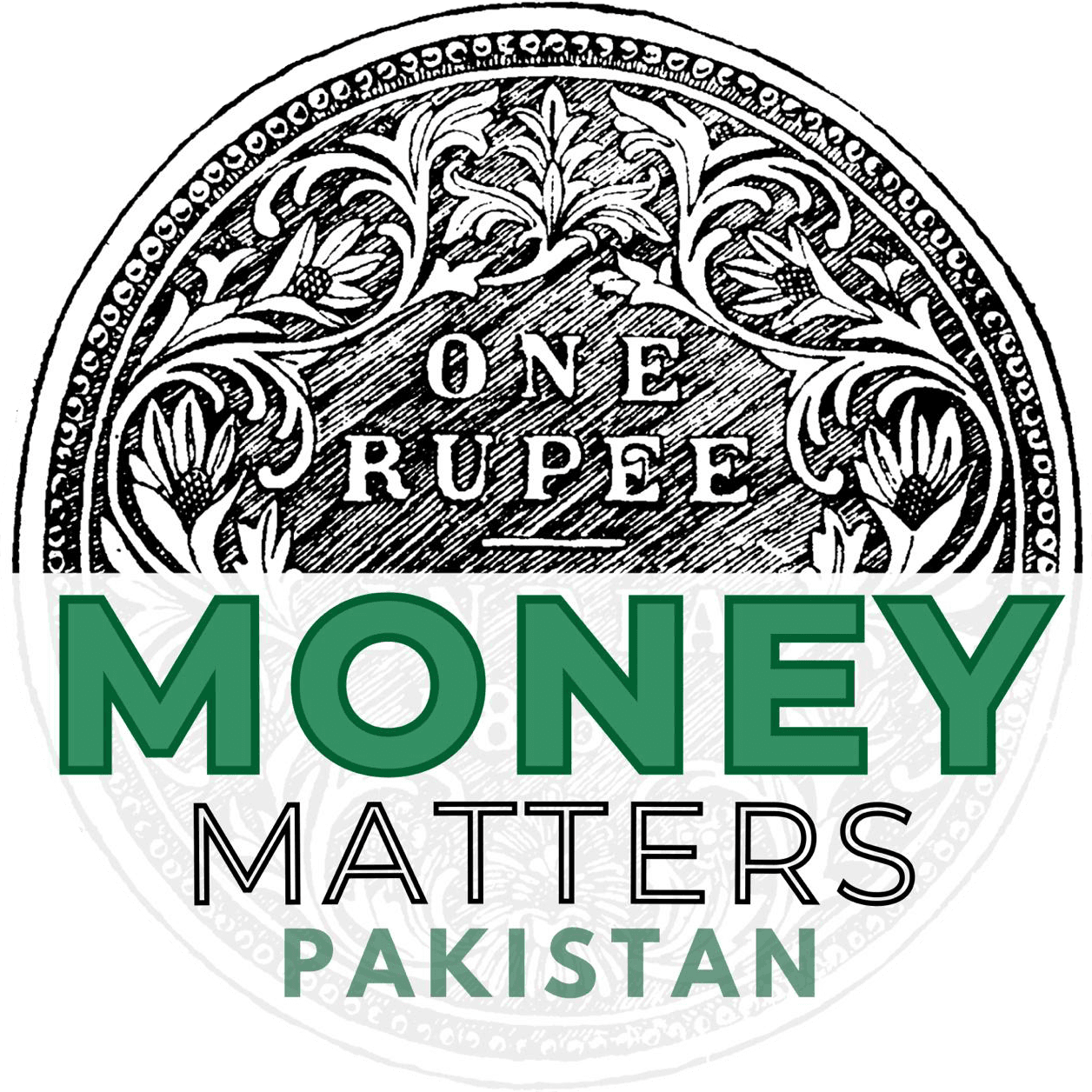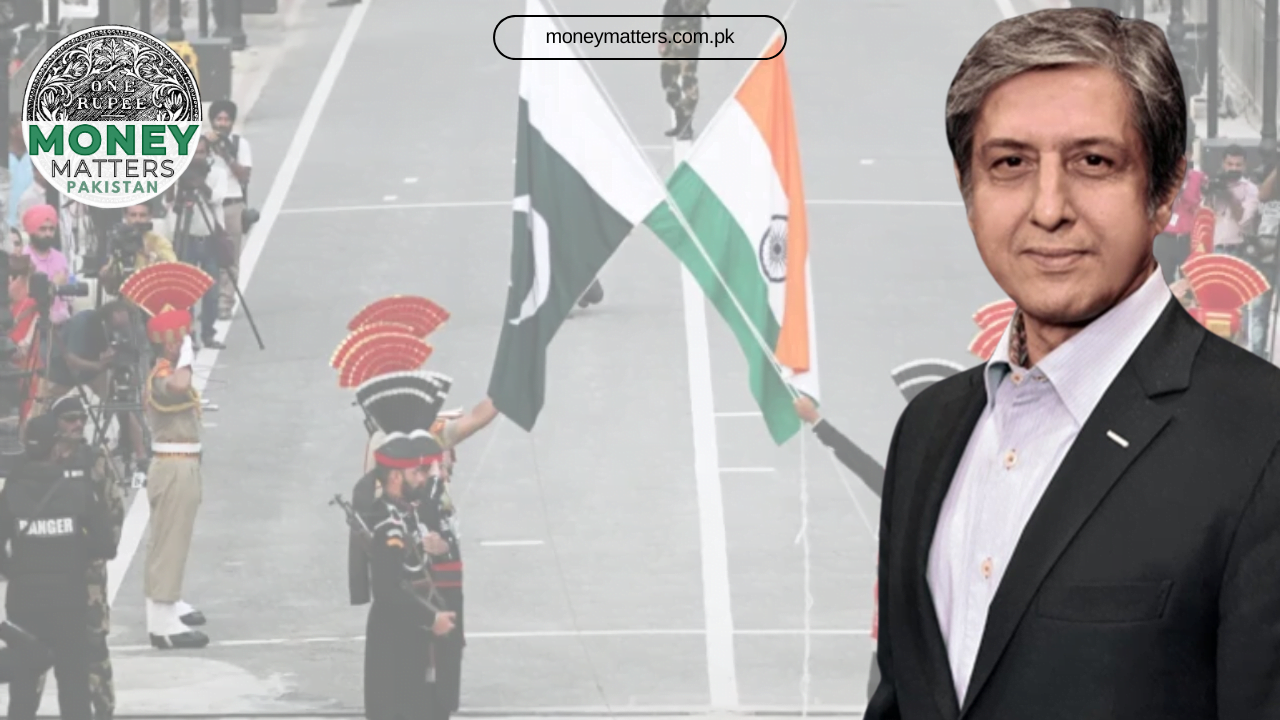Key Takeaways:
– Context matters: Relations and trade policies between Pakistan and India are complex and multifaceted.
– Talking vs. trading: Engaging in dialogue might be beneficial but doesn’t guarantee resolution without context.
– Economic impact: Trade alone won’t solve Pakistan’s structural economic issues.
Introduction
Ejaz Haider, a seasoned journalist specializing in security and foreign policy, recently delved into the hot-button topic of whether Pakistan should trade with India. Haider’s analysis offers a deep dive into the broader implications and considerations surrounding this contentious issue.
The Complex Landscape of Pakistan-India Relations
On January 16, 2023, Prime Minister Shehbaz Sharif sat down with Al Arabiya, where he spoke about Pakistan’s relations with India. Sharif stated, “It is up to us to live peacefully and make progress or quarrel with each other and waste time and resources…My message to…Prime Minister Narendra Modi is that let us sit down…and have serious and sincere talks to resolve our burning issues like Kashmir.” Sharif also mentioned that the United Arab Emirates (UAE) could play a crucial role in facilitating the resumption of dialogue between India and Pakistan.
In a standard response, India’s Ministry of External Affairs’ spokesperson, Arindam Bagchi, said, “We [India] have said that we have always wanted normal neighbourly relations with Pakistan. But there should be a conducive atmosphere which does not have terror, hostility or violence.”
Political and Economic Backdrop
Since January 2023, much has transpired. Pakistan’s economy has continued to decline, simmering with political discontent. The February 8 election, widely considered rigged, has worsened the situation. Although repression might have quieted down the full expression of dissent, it continues to affect the body politic and is likely to resurface.
India has also seen an election, with the Bharatiya Janata Party (BJP) emerging victorious, albeit without securing a clear majority on its own. After ten years, India now has a coalition government, but the BJP remains the predominant driver of that coalition. This essentially means that while Modi, now in his third term as prime minister, might not be able to strong-arm the opposition internally as he is used to, his coalition will go along with his foreign and security policies. In other words, we are unlikely to see much change on that front.
The Debate on Engagement
The cutting edge of that wedge is India’s Pakistan policy: stall talks, hurt Pakistan diplomatically and by sponsoring terrorism at the sub-conventional level while continuing to accuse Pakistan of “terrorism” and speak of a conducive atmosphere as a precondition for any talks.
Engr Khurram Dastgir-Khan, a Pakistan Muslim League-Nawaz (PML-N) heavyweight who has run commerce, defense, and foreign ministries, argues that Pakistan has to do something given not just the physical fact of India’s presence in the east but also because India has continued to harm Pakistan at multiple levels. He suggests as a first step that Pakistan should “stop offering talks to India, which the present government [led by his party] has inadvisably done more than once.” He was referring to recent statements by the prime minister and the foreign minister.
The Realist vs. Liberal Perspective
Dr. Miftah Ismail, a former PML-N leader and twice Pakistan’s finance minister, argues that Pakistan should keep every other issue/dispute on the back burner and trade with India. In an interview for a Dawn article, Dr. Ismail said, “All trade is beneficial, and given the countries’ proximity, it is beneficial to both countries. China and Taiwan have a dispute, but their trade is booming. India and China have a dispute, but their trade is flourishing. China and India have skirmishes at the border but trade with one another.”
Haider divides the debate into two perspectives: realists, who prioritize security concerns, and liberals, who see trade as a potential bridge for peace. Realists argue that “relative gains concerns” will always dominate state responses, while liberals believe in the inevitability of trade despite disputes. Haider underscores that “trade is inevitable and it’s happening even as I write these lines,” though at a low volume.
Empirical Insights
Haider references American political scientist Katherine Barbieri, who found that trade continues even during conflicts, albeit indirectly through third parties. This indicates that while dyadic trade might suffer, indirect trade persists, challenging the notion that increased trade inherently fosters peace.
Barbieri and Levy maintain that “there are numerous historical cases of trading with the enemy during wartime, including trade in strategic goods that directly affect the ability of a state to prosecute the war.” Trade will continue even when states are at war. While dyadic trade will be negatively impacted, trade through third parties and circuitously will continue. This is not to say that trade through third parties in such circumstances is preferable to dyadic trade. The point is that empirical data does not support the central tenet of the liberal theory that trade promotes peace or the realist assumption that states, because of vulnerability, will snap those ties.
Contextualizing Trade and Talks
Haider emphasizes the need to contextualize both trade and dialogue. He asserts that the world’s two largest economies — USA and China — are in a peer competition. Off-shoring is giving way to in-sourcing, re-shoring, and friend-shoring. The neoliberal trade order is giving way to geo-economics, rival trade blocs, protectionism, and sanctions. A good example is the US decision to stymie the progress of China’s semiconductor industry and to force US allies in the chip-making value chain — Taiwan, The Netherlands, South Korea, Japan — to follow US sanctions against China’s chip industry. For its part, China has been sanctioning US individuals and companies and has used the sanctions stick against other states such as Australia and Taiwan.
This backdrop provides a segue back to Dr. Ismail’s examples: India-China and China-Taiwan trade linkages. Neither example is useful for the Pakistan-India case. Taiwan cannot afford to go to war with China, and China needs Taiwan for cutting-edge semiconductors. China considers Taiwan an unfinished issue from the civil war and lays claim to Taiwan, but it can bide its time and, meanwhile, accrue the benefits of imports from Taiwan.
India and China, meanwhile, are different. China is already a great power, and India is aspiring to be one. Relations have been fraught since the 1962 War, and the border issue remains unsettled despite various agreements. China needs India’s market and has a massive trade surplus with India. If it can prick India while retaining the Indian market, that’s a win-win for China. After the June 2020 skirmishes in Ladakh, the Indian government slapped sanctions on Chinese apps and sought to shrink the Indian market for certain Chinese products, but the volume has since picked up again. That works fine for China.
The Trade Reality
“The ‘two sides have something to sell, so both are prepared to buy’ is an important factor,” Haider notes. “What does Pakistan have to sell to India?” A 2005 State Bank of Pakistan report tells us that “Generally, Pakistan’s exports consist of more raw material than finished products.” If India wants to stop trading, it doesn’t lose anything. Pakistan is not offering anything that India cannot produce itself or get from somewhere else.
Haider points out that while Dr. Ismail argues for trade benefits, it’s essential to consider what Pakistan can offer that India cannot produce itself or get from elsewhere. For example, while China cannot sanction Taiwan’s semiconductors because cutting-edge chips are vital to China’s industry and military modernization, Pakistan does not have a comparable commodity to offer India.
Economic Considerations
Haider also challenges the notion that trade with India would significantly improve Pakistan’s economy. While it might bring some revenues, it cannot in and of itself streamline the country’s economic woes, which have nothing to do with trading or not trading with India. Structural problems in Pakistan are owed to rent-seeking, extractive elites that have fattened themselves on cash inflows when a conflict involving a great power’s interests rages in the northwest.
Conclusion
The discussion on dealing with India has to be contextualized. Haider asserts that without addressing internal contradictions and improving its economic and political stability, Pakistan cannot hope to engage India meaningfully. “Talking is better than fighting, but many such rounds in the past have failed to pluck even low-hanging fruit,” Haider remarks, pointing to the lack of substantial progress in past dialogues.
Haider concludes that while trade and talks are essential components of the relationship between Pakistan and India, they must be approached with a clear understanding of the underlying complexities. The current political and economic realities require Pakistan to focus on internal stability before expecting any significant shifts in its external engagements.




